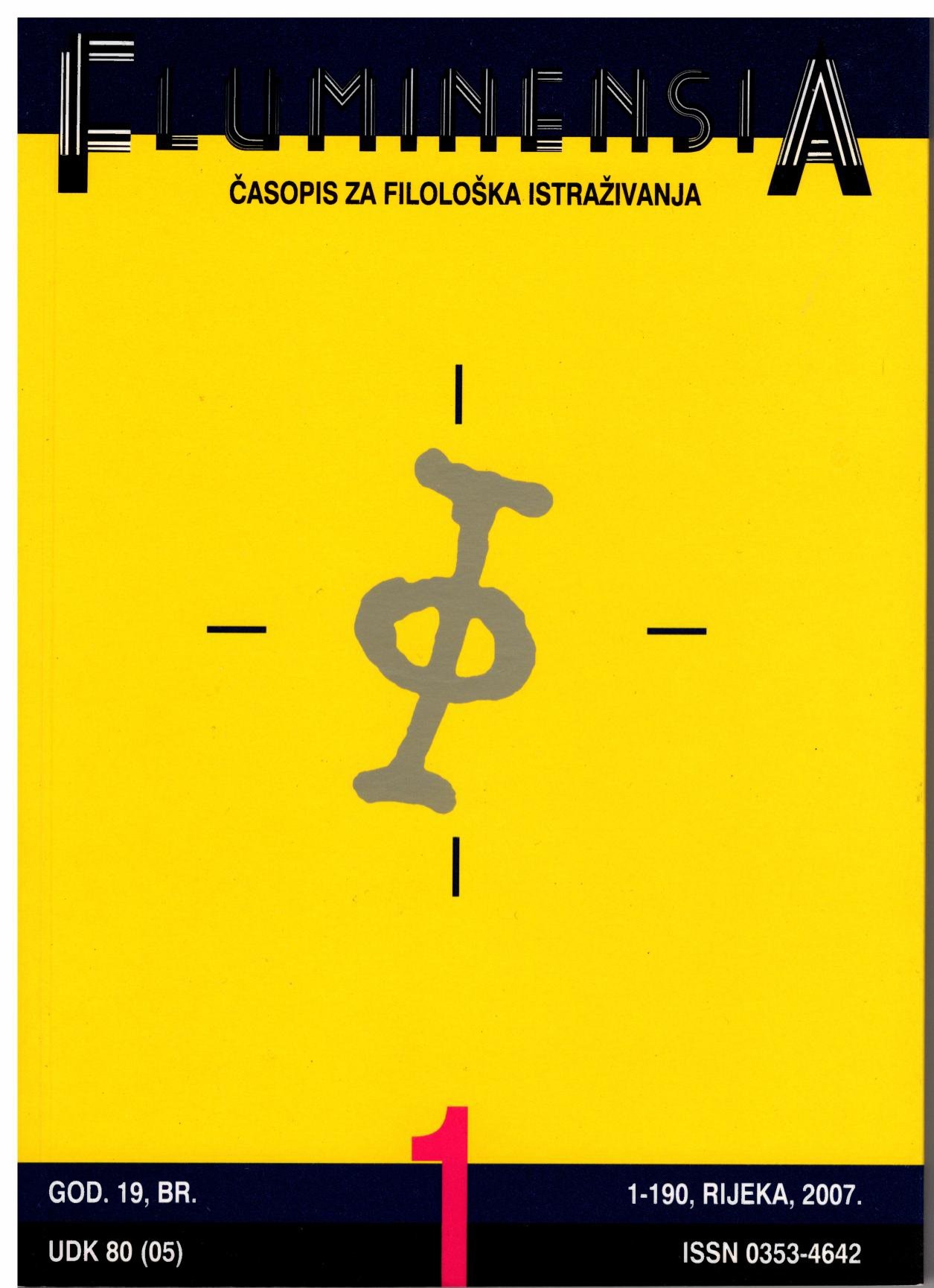Problems with Central Croatian Jekavica during the Process of Setting the Normo for the Croatian Language in the 20th Century
Keywords:
Old-Slavic jat, reflex of jat, vocal r, monosyllabic pronunciation, disyllabic pronunciation, diphthong, digraph ie, ‘vukovica’, elisions, ‘ijekivisation’ of JAZUAbstract
Monosyllabic and/or disyllabic pronunciation of the ancient Slavic/a/ (4), and with it the corresponding ways of writing it, remains one of the most convoluted questions in Croatian orthoepy and orthography. What isn’t controversial is that there were multiple reflexes of jat: in some words as i, in some as e, in others as ije. Organic idioms (dialects) are named for the type of jat reflex typical for them: ikavski, ekavski, (i)jekavski. In the first two cases there really are no doubts: in the former the old joint jat morphed into one vowel (i) and in the latter another (e). Doubts appear when orthoepic (and orthographic, of course) decision has to be made on whether a particular word is written with je or ije.
The history of solving this problem is as long as that of trying to set the norm for the Croatian standard language. The classical norm insisted on solutions of Croatian phoneticians, while the so-called practical norm deviated from those solutions. Most Croatian linguists in the past century leaned towards the classical norm, but there were also those who opposed it and called for its revision.

